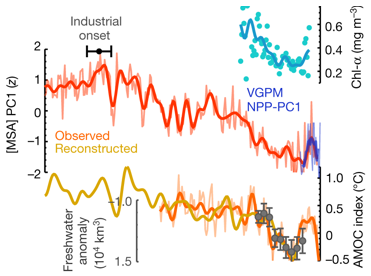Fifth of vertebrates face extinction: study
By David Fogarty; editing by Ron Popeski
Wed Oct 27, 2010 7:00am EDT
NAGOYA, Japan (Reuters) – About a fifth of the world’s vertebrates are threatened with extinction, a major review has found, highlighting the plight of nature that is the focus of global environment talks underway in Japan. The study by more than 170 scientists across the globe used data for 25,000 species from the International Union for Conservation of Nature’s (IUCN) Red List of threatened species and examined the status of the world’s mammals, birds, amphibians, reptiles and fishes. The authors found, on average, 50 species of mammals, birds and amphibians move closer to extinction each year because of expansion of farms and plantations, logging and over-hunting. Another factor was competition from other species, particularly those introduced from other areas. But the study, published in the journal Science, also found that conservation efforts had curbed the overall rate of loss. … “This is clear evidence for why we absolutely must emerge from Nagoya with a strategic plan of action to direct our efforts for biodiversity in the coming decade,” said Julia Marton-Lefevre, director-general of IUCN, which groups governments, scientists and conservation groups. The study found Southeast Asia suffered the most dramatic recent losses largely because of rapid expansion of palm oil plantations and rice crops and logging. A separate study published in Science said the world’s biological diversity would continue to decline this century, but the rate could be slowed with the right policy choices. … Co-leader of the study, Paul Leadley of the University Paris-Sud, France, said doing nothing would lead to catastrophic biodiversity loss. …
